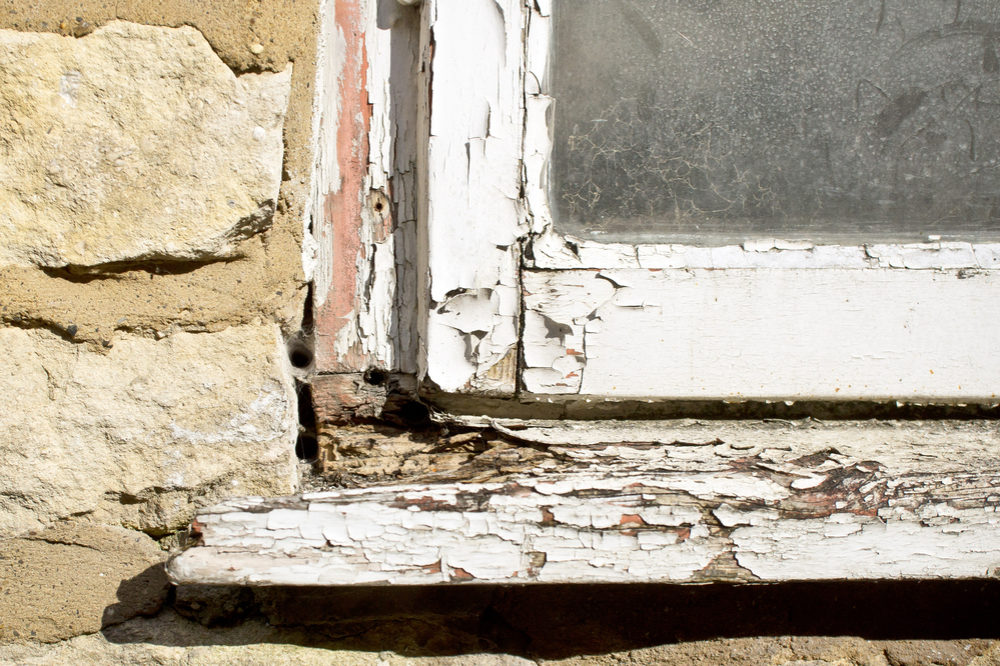Preventing Lead Poisoning is Focus of National Awareness Campaign

Three government agencies are participating in a National Lead Poisoning Prevention Week, launching a joint campaign on Sunday focused on protecting children across the country from lead poisoning.
The National Lead Poisoning Prevention Week runs from October 22 to 28, 2017. It is a joint effort between the U.S. Environmental Protection Agency (EPA), the U.S. Centers for Disease Control and Prevention (CDC), and the U.S. Department of Housing and Urban Development (HUD).
The campaign’s main goal is to provide information to individuals on how to protect their family from lead poisoning, focusing on the importance of lead testing, and encouraging local activities and events to highlight the danger of lead exposure in communities.

Learn More About
Children diagnosed with lead poisoning after exposure to peeling or chipping lead paint in a rental home may be entitled to financial compensation and benefits.
Learn More About this Lawsuit SEE IF YOU QUALIFY FOR COMPENSATIONChildhood lead poisoning is considered the most preventable environmental disease among young children. More than half a million children in the U.S, have lead blood levels above 5 micrograms per deciliter, the “level of concern” reference set by the CDC. Recently, the CDC considered reducing the level of concern from 5 mcg/dl to 3.5 mg/dl.
This year’s Lead Poisoning Prevention Week theme is “Lead Free Kids for a Healthy Future.” The campaign advocates for testing children for elevated lead blood levels. Lead can enter the body in many ways and can increase quickly from six to 24 months afterward.
Sources of lead exposure include lead-based paint, which was used in homes constructed through 1978, lead naturally occurring in soil, renovation repairs, old plumbing, old playground equipment, water, industrial pollution, and household dust contaminated from other exposures.
Although lead paint has been banned in the U.S., many homes nationwide still have the toxic paint, and as they age there is a continuing risk that the paint may chip or flake off of the walls, which poses a serious risk of lead poisoning for young children who ingest the paint chips.
Roughly 87% of houses built before 1940 may still have lead based paint. Nearly 70% of houses built between 1940 and 1959 may pose a risk of lead contamination, as lead based paint is still present in millions of homes across the country.
Health officials warn if paint is in bad condition, cracking, peeling, or deteriorating, it may pose a threat to inhabitants of the home. This is problematic because surfaces that may be affected are surfaces children often play with or chew on, like window sills, door frames, railings, and porches.
Renovation repairs and demolition can also create dust with lead in it. Families should be aware repairs can cause the dust to be released and inhaled by young children. Additionally, lead is naturally occurring in the soil in high concentrations. Playgrounds can contain contaminated soil.
Parents should also note lead can be ingested form hand to mouth contact when young children touch or handle contaminated sources, like soil, dust, or paint.
Other sources of lead children may be susceptible to include toys, furniture, toy jewelry, cosmetics, drinking water, lead plumbing pipes, plumbing corrosion, and food stored in lead-glazed pottery or porcelain. Even “lead free” plumbing can contain up to 8% of lead.
Health officials warn parents should be proactive in testing their home drinking water. This can be done by buying a home test kit from a home improvement store. Similarly, local and state governments can test children for lead exposure using a simple blood test, which can prevent permanent damage from lead that can last a lifetime.
Lead poisoning can pose serious health risks to children. A study published in 2013 indicated even low levels of lead in the blood can affect a child’s school performance, especially reading readiness for children entering kindergarten. Other effects include injury to the nervous system, brain damage, seizures, growth retardation, mental retardation, coma, and even death.
Get more articles like this sent directly to your inbox.
"*" indicates required fields






0 Comments